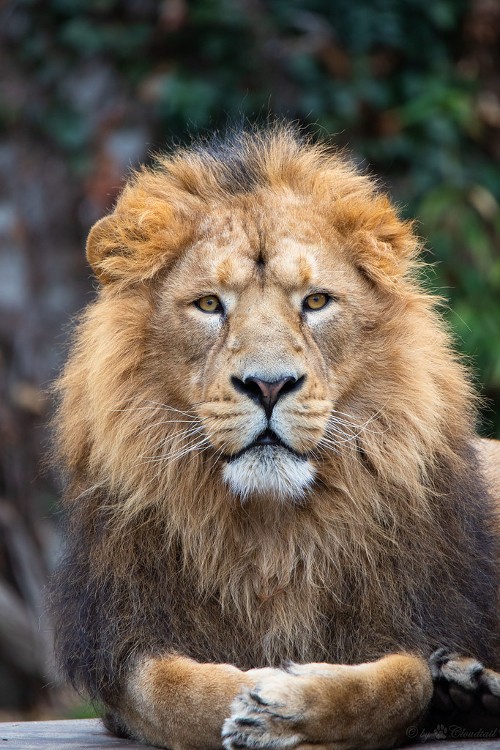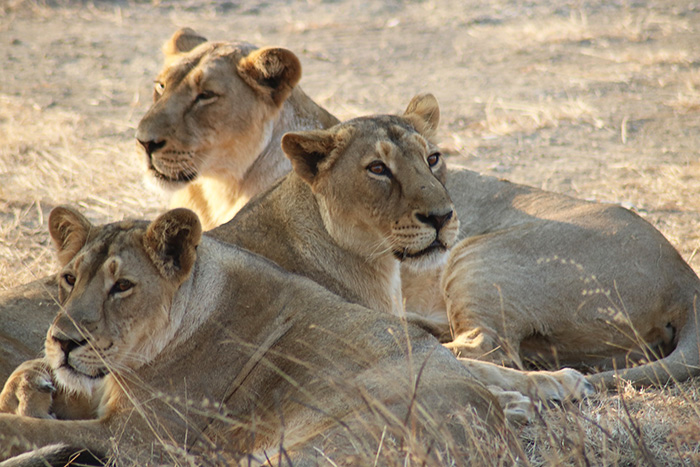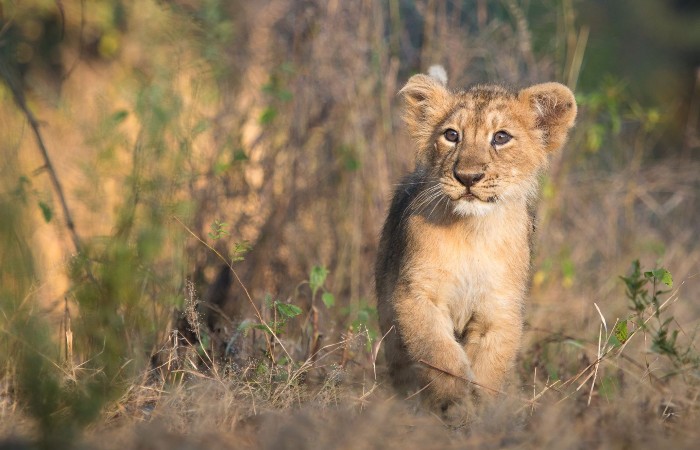The Gir Forest in Gujarat had a population of about 400 Asiatic lions in 2020, a figure estimated by the state’s forest department. It has been reported that the rest of the state has approximately 275 lions. These are dangerously low numbers for the majestic cat, who is also an apex predator.
Gujarat is currently the only stronghold of the Asiatic lions in the world – the ‘kings (and queens) of the jungles’ now reduced to a mere shadow of their former selves. And it is this perilous situation that gives us a reason to observe World Lion Day. Every year, World Lion Day is celebrated on August 10 to remind people that these big cats are critically endangered, and human activities, if left unchecked can bring about their downfall.
The Asiatic lions separated from their African cousins over 1,00,000 years ago and spread throughout south-eastern Europe, the Middle East and Asia. As it stands currently, we have lost almost 95% of the world’s lion population in a mere five decades.

Who can tell us better about the lions, than the people who live closest to these predators? There are lessons to be learned from the local tribal communities who share the same land with wild animals and yet, manage to harmoniously coexist. The chief way to do so is through tolerance, and that is what the Maldhari tribe teaches us. The intertwining tale of co-existence between the lions of Gir and the Maldhari community goes a long way back; the latter have been living here since before Gir was declared a protected area.
Maldharis do not hold any bad blood against the lions for preying on their livestock. As opposed to other parts of the country, where retaliatory killings are widespread, the Maldharis offer their livestock because they believe that Gujarat is great because of the lions. According to traditional belief, lions are the owners of the jungles, and the humans are but its inhabitants. So when a domestic animal is taken away, the Maldharis consider it as a sort of compensation – a rent – for inhabiting their land.
This kind of tolerance is not just uncommon but also unheard of, since livestock is the main source of livelihood for such communities. In fact, the Maldharis do not even build strong, permanent fences despite the presence of lions at such close proximity. When out grazing their livestock, they also look out for any ill or injured lion and alert forest rangers if they find one.

Lions were once widespread across Gujarat, but their numbers shrank to a mere dozen in the early 20th Century, mainly due to hunting and drought. But valiant conservation efforts helped rejuvenate their numbers. Now, these big cats are threatened once again, this time because of a shrinking habitat. Experts opine that Gir is becoming too small for these territorial animals. In fact, lions have now spread throughout Gujarat’s coastline and their numbers there could be well over 100.
Forest officers have revealed that lions started reaching coastal areas in the 1990s due to territory wars. While shortage of space and unavailability of prey stand as major hindrances to their survival, diseases pose a huge threat as well. In October 2018, within a few weeks 24 lions died due to a combination of Babesiosis disease and canine distemper virus. The Indian Council of Medical Research-National Institute of Virology in Pune had collected 80 swab samples from 27 lions who were unwell.
Such disease outbreaks are devastating for conservationists and wildlife enthusiasts, and the number of mortalities in the above incident was a huge blow to the already faltering lion population. In the case of an epidemic, disease transmissions can wipe out whole populations faster than they can be treated.

These worrisome factors remain, which is why creating awareness about the dangerous situation of the Asiatic lions becomes sine qua non. There is an urgent need to create a sense of concern for lions in the same way that was seen for tigers when their numbers were dangerously low. This can lead to focussed efforts towards conserving their habitat and also the communities who reside with them. After all, the jungle’s royal family rightly deserves honourable stature in its wild kingdom.





